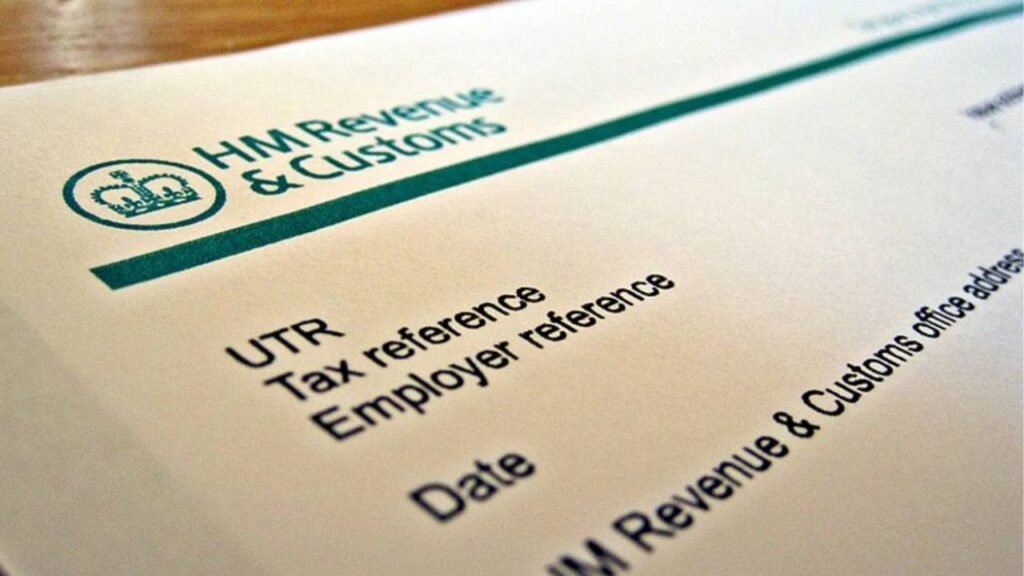The UK Government’s Tax-Free Childcare scheme continues to provide vital financial relief for parents managing the rising costs of childcare. Recent data from HMRC shows that in March 2025 alone, more than half a million families made use of the scheme, reflecting its growing importance as more households turn to this support to ease financial pressures.
What the Scheme Offers
Tax-Free Childcare is not a traditional tax break, but a government-backed savings initiative designed to support working families. Under the programme, parents deposit money into an online childcare account, and the government adds an extra 25%. For every £8 saved, an additional £2 is contributed, helping families stretch their childcare budgets further.
The scheme provides up to £2,000 of support per year for each child aged 11 or under. For families with disabled children, the benefit increases to £4,000 annually, offering much-needed assistance to those who face higher childcare costs.
Who Can Apply

Eligibility for the scheme depends on meeting a few conditions. Both parents in a household must typically earn at least £2,539 over a three-month period, which is the equivalent of around 16 hours per week at minimum wage. However, if either parent earns over £100,000 a year, the family cannot apply.
The programme is open to parents who are employed or self-employed, and it also supports those on maternity, paternity, or shared parental leave if they are planning to return to work soon. Children must live with the applicant and be aged 11 or under, though for disabled children, eligibility extends until their 16th birthday.
How to Get Started
Setting up an account is straightforward and can be done online in around 20 minutes. Parents need to provide their National Insurance number, while those who are self-employed will also need their unique taxpayer reference. Once registered, parents can pay into the account by bank transfer or standing order, and family members such as grandparents can also contribute. The government top-up is added quickly after deposits, giving parents fast access to extra funds. This money can then be used immediately or saved for future childcare expenses.
Wide Range of Childcare Options
The scheme allows families to pay for a variety of approved childcare services. This includes nurseries, registered childminders, after-school clubs, breakfast clubs, and even holiday schemes. For school-age children, the flexibility to use the funds for wraparound care and holiday programmes has been especially valuable to working parents.
Things Families Should Consider
While the Tax-Free Childcare scheme is beneficial, it’s not always the best option for everyone. Families already receiving help through Universal Credit cannot use this scheme at the same time. For many, Universal Credit provides higher levels of support, covering up to 85% of childcare costs, making it crucial to compare which option delivers the greatest benefit. Parents are encouraged to review their circumstances carefully before deciding which scheme best suits their financial needs.
As childcare costs continue to rise across the UK, the Tax-Free Childcare scheme is playing a vital role in supporting working families. By easing the financial burden of childcare, it allows parents to stay in work, pursue their careers, and ensure children have access to quality early education and care. The steady increase in uptake shows that families are finding real value in the scheme. For many households, it represents not just a financial saving, but also greater flexibility and peace of mind in managing family life.

